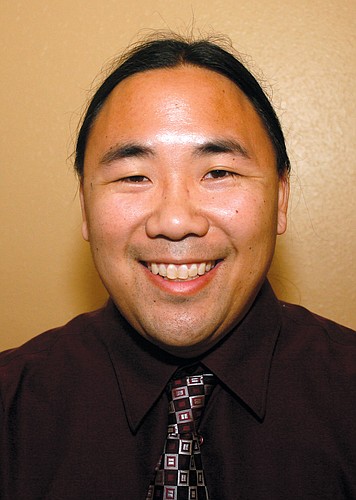- April 18, 2024
-
-
Loading

Loading

I’ll never forget the night I told my parents I wanted to become a journalist.
My father’s face fell, awash with disappointment. He was a chemist, and I suppose assumed I would follow suit in some sort of science- or math-related career path.
So, it’s quite ironic that since I was a toddler, my father hammered home the most important rule in the news industry: Tell the truth. Like a broken record, he’d utter those words every time my brother and I had an argument or something breakable met an unexpected end on the floor. And under his powerful glare, I’d inevitably cave, sobbingly spilling my guts.
In the wake of two months of questionable reporting of the shooting dead of Trayvon Martin, it seems more journalists should take my father’s advice to heart.
This isn’t meant to influence your opinion as George Zimmerman’s trial begins. Rather, it is simply a reminder that, in this day of news-by-Twitter, it is more important than ever to seek the truth relentlessly.
Below is just a sampling of the inaccuracies published since that evening Feb. 26 — many of which were intended to influence you by shoehorning this tragedy into the confines of a white-on-black hate crime.
1. Photos of Trayvon Martin and George Zimmerman. As national media grabbed hold of the story, the images accompanying the reports included a several-years-old, baby-faced photo of Martin juxtaposed with a photo of Zimmerman in what looked like prison orange glaring at the camera. The photo of Zimmerman was strikingly different than the man who appeared in court last week.
2. The New York Times. On March 22, the New York Times identified George Zimmerman as a “white Hispanic.” Although Phil Corbett, the paper’s standards editor, defended the term, he also noted the New York Times later decided to identify Zimmerman simply as “Hispanic.”
3. Racial slur. Early in the investigation, CNN enhanced the audio of Zimmerman’s 911 call to determine whether he had uttered the racial slur “coon.” At that time, the CNN report concluded Zimmerman did use the slur. Then, on April 5, the network released an update, which featured another audio enhancement, and determined Zimmerman said the word, “cold.” The special prosecutor’s affidavit on April 11 concluded the word in question was “punks.” But the damage already was done.
4. Evidence of injuries. On March 23, CBS News released security video of Zimmerman as he entered the Sanford police station on its website. The video ran under the headline, “Video shows Zimmerman without obvious injuries,” which fueled the debate regarding Zimmerman’s self-defense claims. Then on April 20, ABC’s Good Morning America published a new photo taken by police just minutes after he shot Martin that showed blood dripping from two cuts on the back of Zimmerman’s head.
5. Spike Lee. Also on March 23, director Spike Lee published what he thought was George Zimmerman’s home address on his Twitter account. Unfortunately, the address was that of David and Elaine McClain, an elderly couple who was forced to move into a hotel.
Perhaps even more disturbing is what has been omitted from reports. Consider these:
1. Questionable editing. NBC News broadcast an edited portion of the 911 in which Zimmerman can be heard saying, “This guy looks like he’s up to no good. He looks black.”
The entire conversation:
Zimmerman: This guy looks like he’s up to no good. Or he’s on drugs or something. It’s raining, and he’s just walking around, looking about.
911 operator: OK, and this guy, is he black, white or Hispanic?
Zimmerman: He looks black.
2. Sherman Ware. On Dec. 4, 2010, Justin Collison, son of Sanford Police Lt. Chris Collison, was caught on video attacking a black homeless man named Sherman Ware. After the investigation yielded no arrest of Justin Collison, Zimmerman printed and distributed flyers in Sanford’s black neighborhoods urging the community to hold the police department accountable.
Pardon the pun, but no story — and perhaps especially this one — is pure black and white. Or, if you’re the New York Times, black and white-Hispanic.
So, as the details of those fateful minutes of that cold February evening surface, remain diligent in your pursuit for the truth — just as state attorney Angela Corey promised to do in the courtroom.
“We don’t prosecute by public pressure or petition,” she said. “We prosecute cases on the relevant facts of each case and on the laws of the state of Florida.”